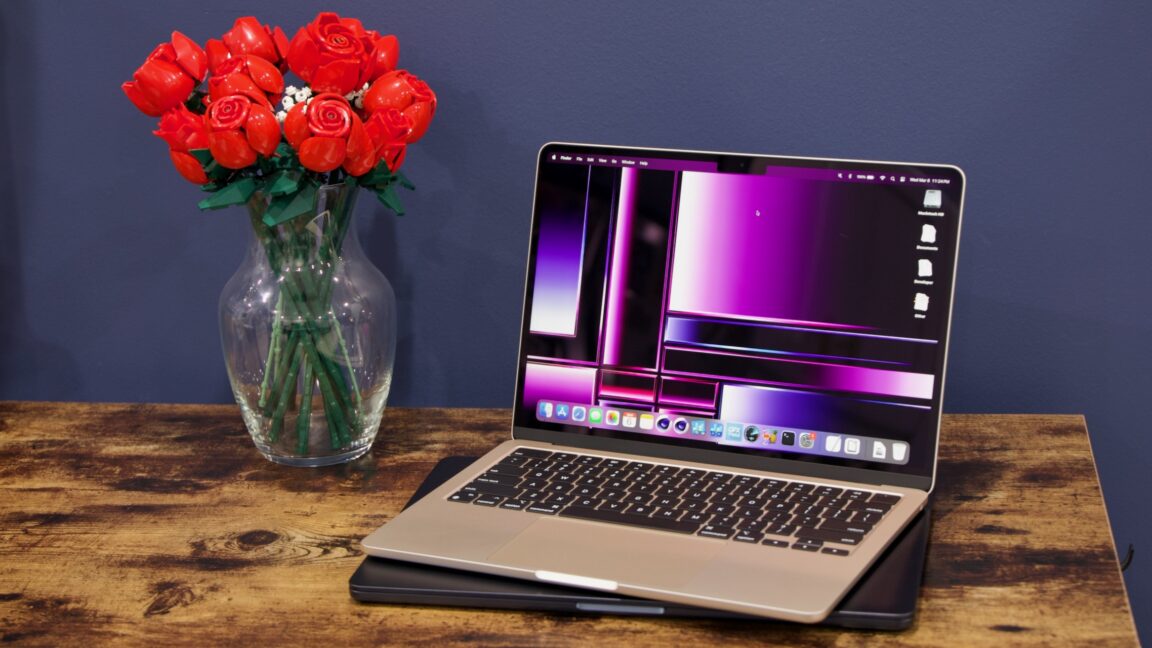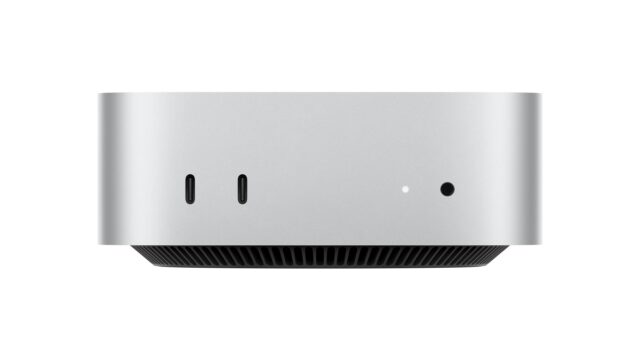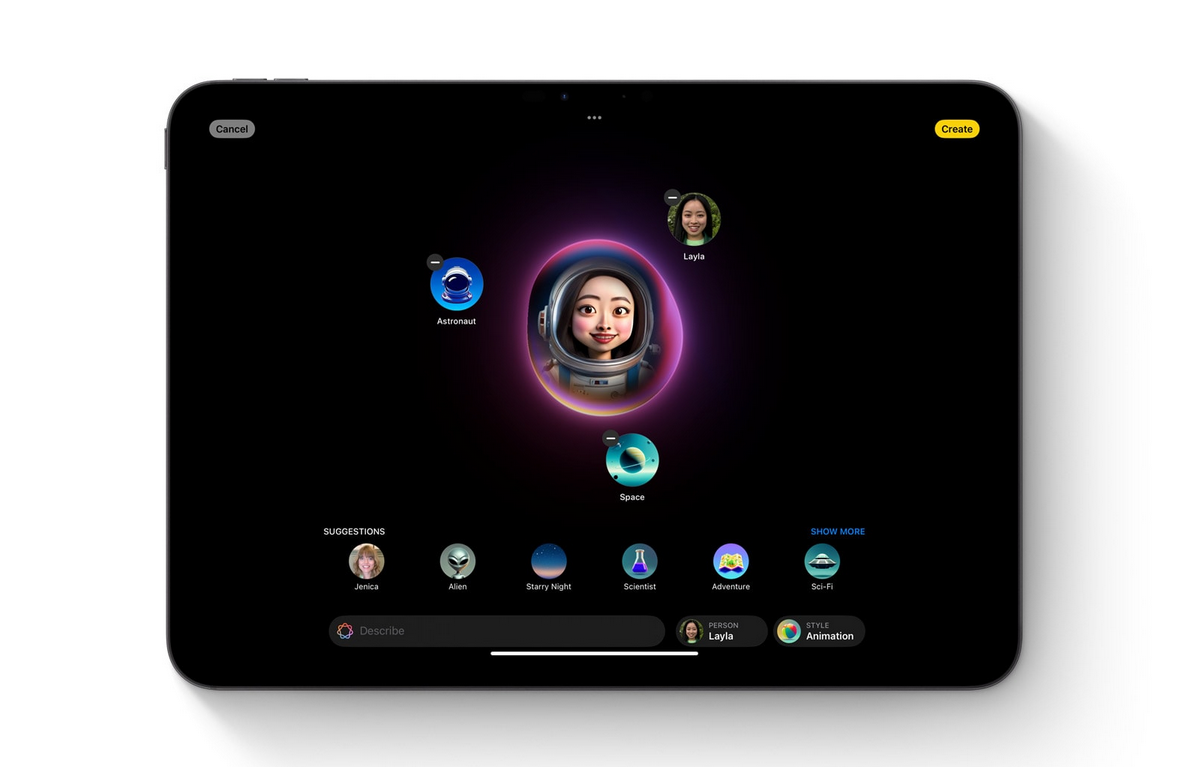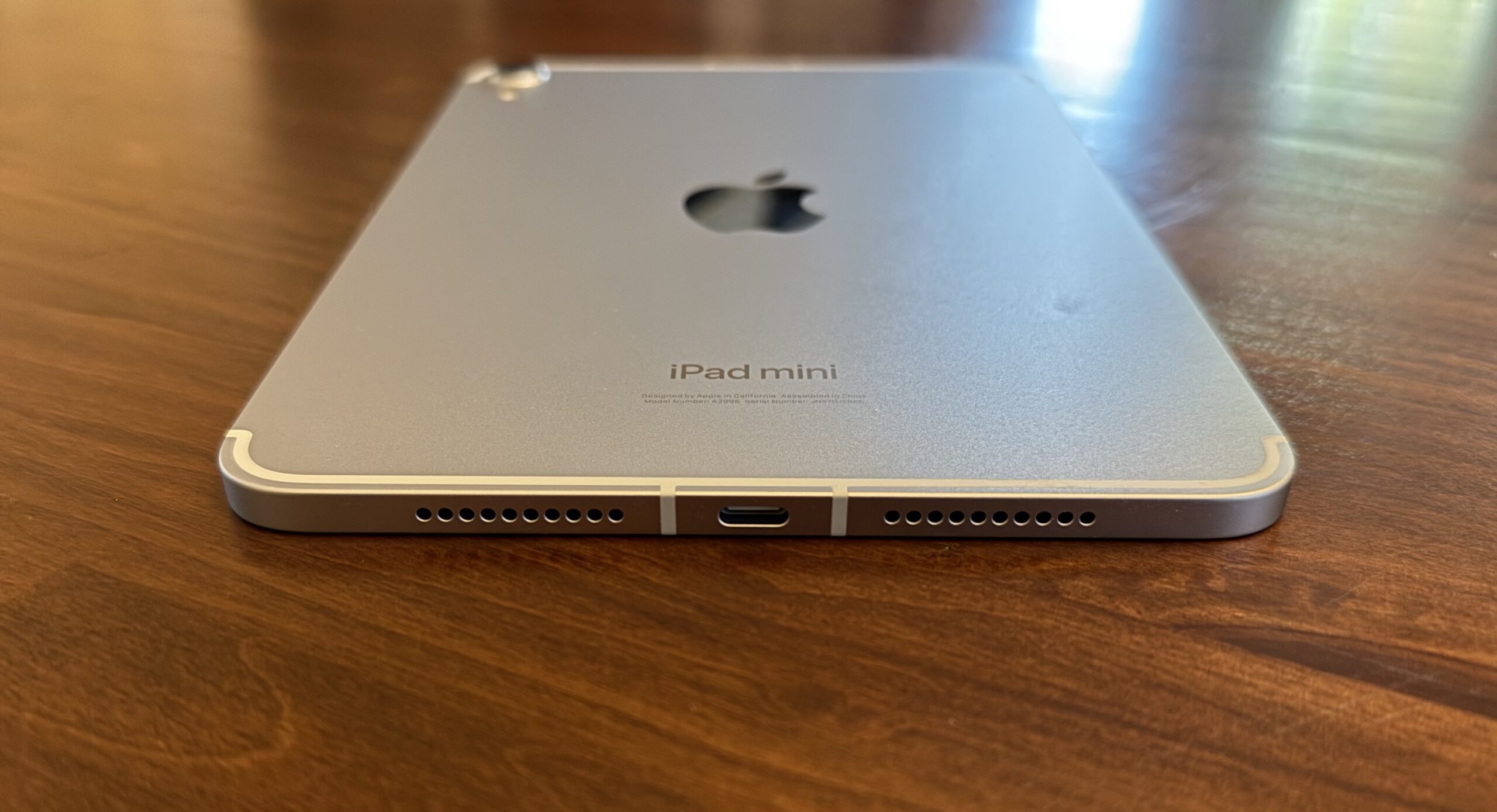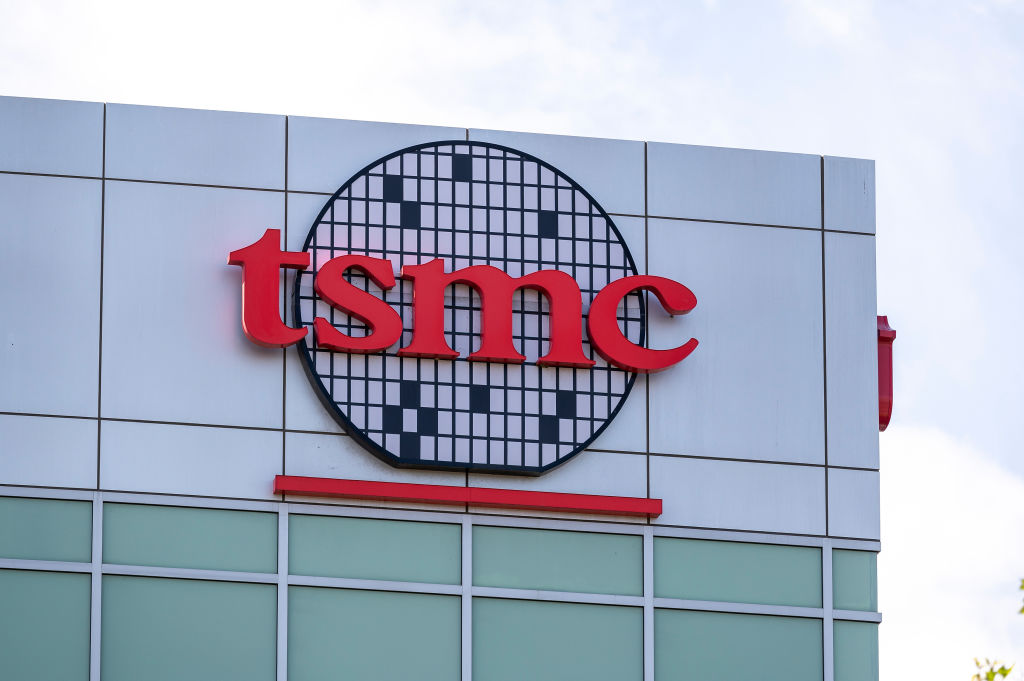Mentre il mondo tecnologico è in fermento per l’intelligenza artificiale generativa da ormai un anno, con colossi come Google, Microsoft e Meta a contendersi il primato, Apple ha scelto una strada diversa: la calma. Tim Cook, CEO di Apple, ha spiegato al Wall Street Journal che l’azienda ha preferito concentrarsi sul perfezionamento dei propri strumenti di intelligenza artificiale piuttosto che lanciarsi in una corsa affrettata.
“Siamo perfettamente a posto con il non essere i primi”, ha affermato Cook, sottolineando l’importanza di offrire un prodotto di alta qualità e curato in ogni dettaglio. E così, dopo mesi di attesa, a giugno è stata finalmente presentata Apple Intelligence, l’iniziativa AI di Cupertino.
Apple Intelligence promette di integrare l’intelligenza artificiale in modo profondo nell’ecosistema Apple, con funzionalità che vanno dalla comprensione e creazione di immagini e linguaggio, alla modifica del testo, alla creazione di nuove emoji. Siri, l’assistente vocale di Apple, diventerà più naturale e personalizzato e consentirà l’accesso diretto a ChatGpt.
<!-- ARUBA - 300x250

-->

Rischio di perdere il treno
Tuttavia, il lancio di Apple Intelligence ha subito dei ritardi. Contrariamente alle aspettative, non è stato preinstallato sulla nuova gamma di iPhone 16, ma arriverà come aggiornamento software nel corso del mese. Questo ritardo potrebbe influire sulle vendite di iPhone in questo trimestre, secondo gli analisti di Jefferies, che non prevedono un significativo “superciclo” di aggiornamento.
Nonostante i problemi, Apple Intelligence rappresenta un passo importante per l’azienda di Cupertino nel mondo dell’AI. Resta da vedere se la strategia di Cook, incentrata sulla qualità e sulla cura dei dettagli, pagherà nel lungo periodo e se la Mela riuscirà a ritagliarsi un ruolo da protagonista in un mercato sempre più competitivo.
Indietro di due anni?
Sembra che non tutti in Apple siano entusiasti di Apple Intelligence. Secondo Mark Gurman di Bloomberg, alcuni dipendenti ritengono che la tecnologia di intelligenza artificiale generativa di Apple sia indietro di oltre due anni rispetto ai competitor come Google, OpenAI e Meta.
Le critiche interne si concentrano sulla mancanza del “fattore wow” nelle nuove funzionalità di AI, che non sarebbero all’altezza delle soluzioni offerte dai rivali. In particolare, la nuova versione di Siri, basata su Apple Intelligence, risulterebbe meno precisa e meno capace di fornire risposte pertinenti rispetto a ChatGPT.
Secondo le ricerche interne condotte da Apple, ChatGPT sarebbe addirittura del 30% più preciso di Siri e in grado di rispondere a un numero di domande superiore del 25%. Un divario significativo che evidenzia le difficoltà di Apple nel tenere il passo con i rapidi progressi dell’IA generativa.
Nonostante Apple stia lavorando per colmare il gap, la sfida si preannuncia ardua. Riuscirà l’azienda di Cupertino a recuperare il terreno perduto e a offrire un’esperienza AI all’altezza delle aspettative?
Leggi le altre notizie sull’home page di Key4biz
https://www.key4biz.it/apple-intelligence-in-ritardo-i-dipendenti-preoccupati-per-il-gap-con-la-concorrenza/509138/
